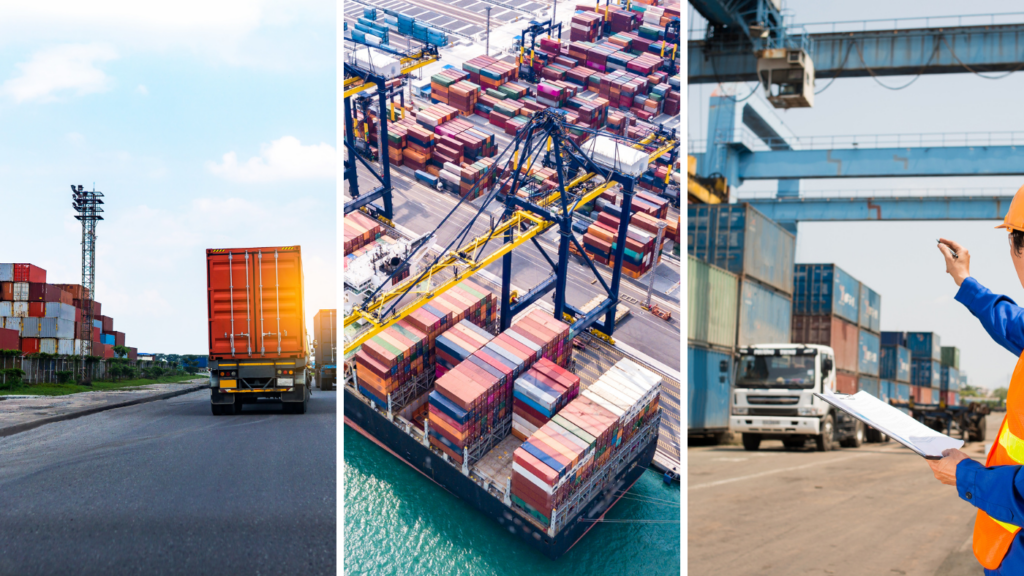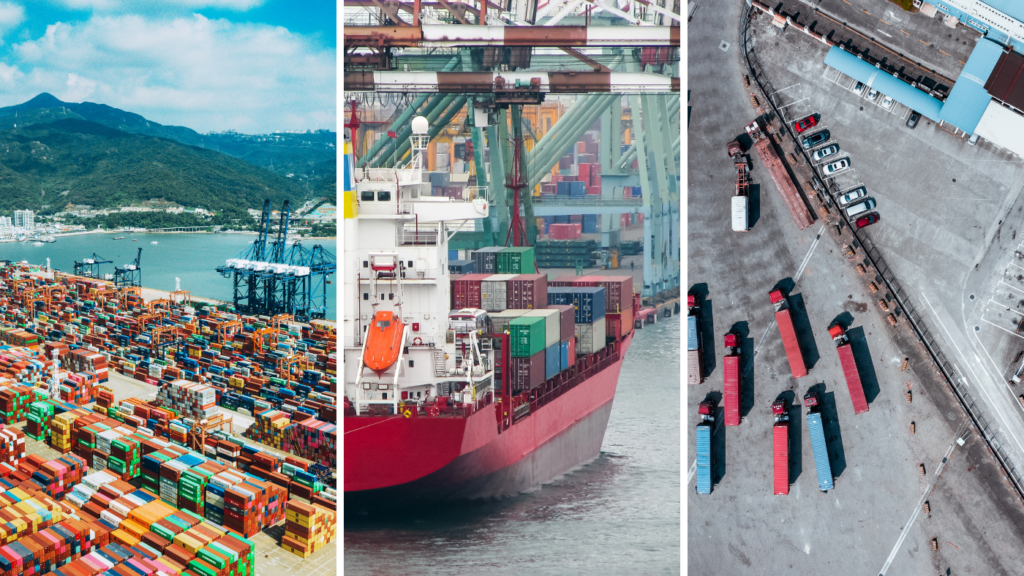Bill of Lading
Introduction: The Importance of a Bill of Lading
A Bill of Lading (BOL) is a legally binding document that outlines the type, quantity, and agreed-upon conditions for the transport of goods between a shipper and a carrier. It serves as both a contract of carriage and a receipt for the goods, thereby playing a critical role in the logistics and supply chain industry.


Core Elements of a Bill of Lading
A typical Bill of Lading includes the following key components:
- Shipper and Consignee Details: Names and addresses of the parties involved.
- Carrier Information: Details about the company responsible for the transportation.
- Goods Description: Comprehensive data about the type and quantity of goods.
- Shipping Instructions: Including payment terms and special handling requirements.
- Freight Charges: Information about the costs involved in the shipping process.
Types of Bill of Lading
Various types of Bills of Lading are used depending on the shipping requirements:
- Straight Bill of Lading: Used when the goods are paid for and designated for a specific receiver.
- Order Bill of Lading: Transferrable to a third party and often used in conjunction with letters of credit.
- Air Waybill: Specifically designed for air freight and not considered a document of title.


Functions of a Bill of Lading
The Bill of Lading serves multiple functions:
- Contract of Carriage: It formalizes the agreement between the shipper and the carrier.
- Proof of Receipt: Confirms that the carrier has received the goods for transportation.
- Document of Title: In some cases, it can serve as a title to the goods, enabling ownership transfer.
Legal Implications
Because it’s a legally binding document, the Bill of Lading is essential for resolving disputes. It can be used in legal proceedings to establish the terms agreed upon by the shipper and carrier. Hence, utmost care should be taken to ensure that all information is accurate and complete.


The Digital Age: Electronic Bill of Lading
With the rise of technology, electronic Bills of Lading are becoming more common. They offer advantages such as instant transmission and reduced chances of loss or damage, but also raise questions about legal enforceability.
Conclusion
The Bill of Lading is not just a piece of paper; it is a critical document that ensures the lawful, effective, and organized transportation of goods. Whether in physical or electronic form, it remains a cornerstone of the logistics and shipping industry.

Contact Us
The world of logistics is complex and full of technical, financial, and business elements. The logistics experts at Phoenix International deliver top-quality freight forwarding service, supported by powerful technology and decades of experience. Contact us and let us know how we can help you!
